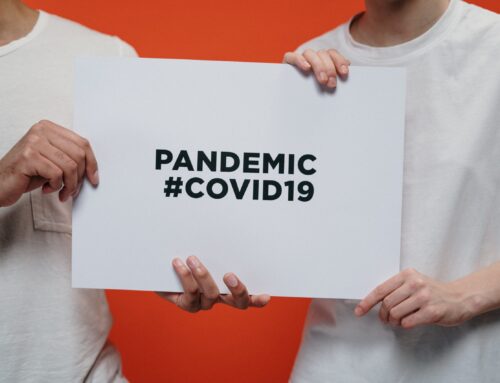
First of all, let’s define anchor text. In the role of link building, anchor text refers to the words used in the hyperlink. Here’s an example: Anchor Text. I’ve used the words “anchor text”to link to the Wikipedia page about anchor text. Another example might be: Teardrop Trailers. You’ll see that when you click on the link, it takes you to a blog about teardrop trailers. This anchor text is important because it tells the search engines what the link is about. If the search engines crawl this link: Click Here, it doesn’t provide any signals as to what the page is about.
The use of anchor text can impact your overall ranking as well as how your site ranks for very specific keywords. But how the search engines interpret those anchor text signals has changed a lot over the last year. I remember attending a seminar in January 2010 at SMX where the hottest advice at the time was to use your keywords as your anchor text whenever possible. Well, a few things have changed since then, so here’s my best advice as of September 2011.
1) Use your brand, business name and your URL as your anchor text. (i.e.Nike or www.nike.com)At least 50% of your backlinks should fall into this category. Don’t believe it? Run a backlink report on the top competitors in your space and see what percentage of their links use their brand, business name or their URL as their anchor text. You may be surprised at what you find.
2) Take advantage of before and after text when possible.
This will give you an opportunity to use your brand and your keywords together.
Examples: • Custom Jewelry by Moshiri • Contact David McBee to learn about Internet Marketing.
3) Stop using your main keyword(s) over and over!
It doesn’t look natural.Let’s say you want to rank for the keyword “wedding photographer”. Do a search for this keyword and look at the bottom of the page. G pretty much gives you the keywords you should be targeting in your anchor text. Use these variations to make your backlink profile look more organic.
4) Use variations of your keyword.
Maybe you want to rank for “cheap Florida vacations.” Use alternatives for the word cheap. Try “affordable”, “bargain”, “low-cost”,”deals” etc.
5) Get internal links in new content.
One of Big G’s favorite things is fresh new content and links within relevant content can be particularly effective. Of course it’s great to get content and a link from sites other than your own,but don’t ignore the power of your own site. Add new content on your web page as often as you can and place internal links back to other pages of your site within the new content. Follow the same rules regarding the anchor text of these internal links. (Mix it up!) In the spirit of this strategy, here’s an internal link to an older post of mine regarding link building best practices.
6) Acquire backlinks to your internal pages.
So you just posted a new article on your site. You placed an internal link within the content, pointing it back to your home page. Good. Now go out and get some backlinks to the new article and that will have a positive impact on the new page and the overall site. G likes this and it looks very natural. BTW, if anyone wants to link back to this article, feel free. 🙂
Big picture – links gotta look natural, and anchor text is a big indicator. If 100 sites posted links back to you, wouldn’t it be fair to say that over 35 of them would probably use your brand, business name or URL as the anchor text?And the others certainly wouldn’t all use the same anchor text over and over. Some would use before and after text. Still others might point their links to your internal pages, rather than directly to your home page. When you’re building your links – see if you can think like those 100 sites.
-David McBee



[…] to geography – if you’re a local business, try to get the publisher to put your city in your anchor text, even if their site isn’t anywhere near or about your city. But even if they won’t, it can […]
[…] – if you’re a local business, try to get the publisher to put your city in your anchor text, even if their site isn’t anywhere near or about your city. But even if they won’t, it […]
[…] back and hoping that other websites choose to link to your site, you’re missing out on anchor text strategies that will help you rank better for certain […]
Thanks! I’ve been trying to learn new strategies for anchor texts and wondering what I should do. I’m totally guilty of using my main keywords as anchor text way too much. I’m going to have to get in there and use my brand name as anchor text more often.